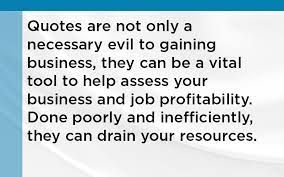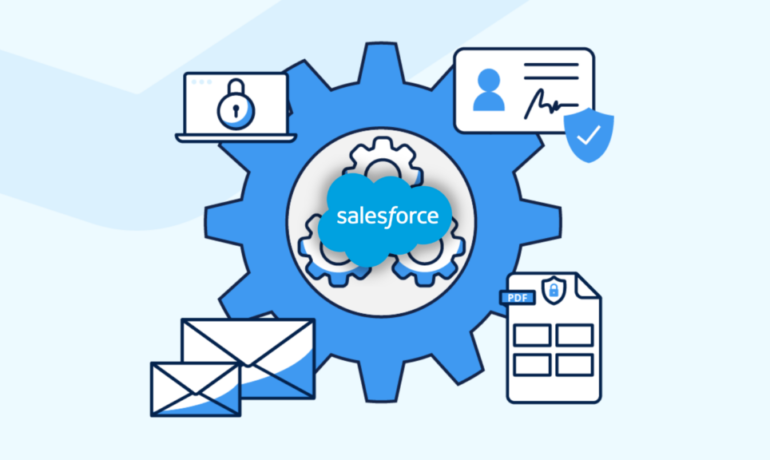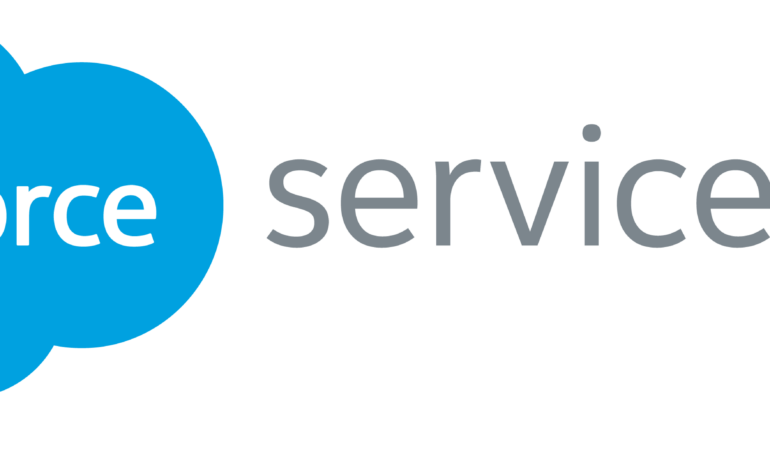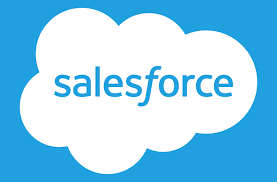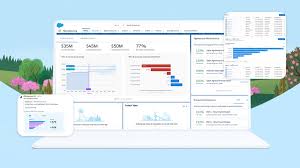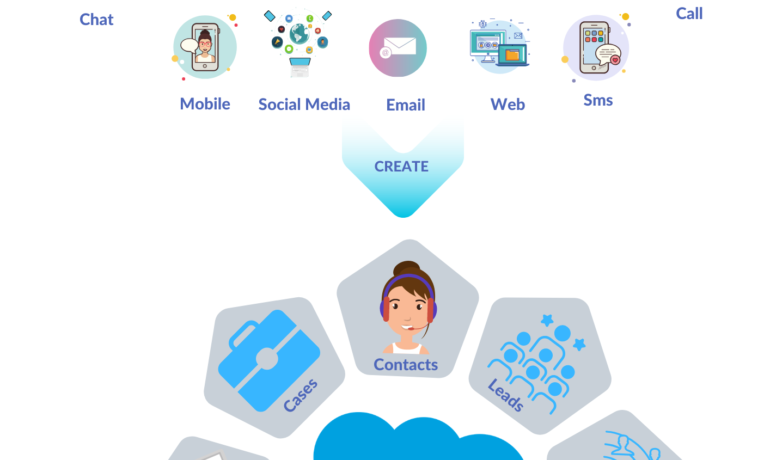Benefits of Salesforce Manufacturing Cloud
Salesforce Manufacturing Cloud is a custom, industry specific solutions platform that helps you manage your entire book-of-business and customer service lifecycle, while increasing collaboration and visibility between sales, operations, and partners. Here are the Benefits of Salesforce Manufacturing Cloud. Salesforce Manufacturing Cloud offers numerous benefits that contribute to the efficient and seamless operation of your manufacturing businesses. One key advantage is the streamlining of business operations. By connecting different departments, the platform facilitates instant and automatic order submission, significantly improving overall efficiency. Manufacturing Cloud Salesforce Manufacturing Cloud provides a comprehensive view of operations, offering valuable insights into company and market changes. This visibility enables quick reactions to emerging trends, ensuring your business stays agile and responsive in a dynamic market environment. The time saved will help you stay ahead of market changes that may slow your competition down, improving your competitive advantage. The platform also plays a crucial role in improving sales forecasting. By providing visibility into all your customer interactions, Salesforce Manufacturing Cloud enables robust sales forecasts, empowering businesses to make informed decisions about their sales strategies. Moreover, the platform encourages the adoption of modernized processes, bridging costly gaps in traditional manufacturing operations. This modernization not only improves operational efficiency but also contributes to market responsiveness. Connected and streamlined operations facilitate quick responses to market changes, allowing businesses to adapt swiftly to evolving conditions. Salesforce Manufacturing Cloud keeps your business moving forward, adopting modern and automated processes that save time and money. Automation Automation within Salesforce Manufacturing Cloud eliminates costly manual steps, reducing the risk of simple human errors. This is particularly crucial in scenarios where simple data entry mistakes, such as adding an extra zero to a fulfillment order, can lead to significant financial losses. The platform ensures reliable data, enabling seamless collaboration between Sales and Operations. Not only does this create smooth internal operations, but it also increases customer satisfaction. Instant access to reporting within the Manufacturing Cloud platform provides valuable insights into product performance, allowing businesses to create accurate predictions. Manufacturers can identify top-selling products, address underperforming items, and stay abreast of market trends. This information enables effective resource allocation and prompt issue resolution, preventing prolonged and costly production problems. Accurately tracking customer demand within Salesforce Manufacturing Cloud ensures optimal production levels. A 360-degree customer view of operations prevents overproduction or underproduction, striking a balance that avoids financial losses and customer dissatisfaction. The platform helps maintain an optimal level of stock on hand. The automated digital processes for contract management offered by Salesforce Manufacturing Cloud enable instant updates to client agreements. This eliminates version-control chaos caused by separate updates from various parties. A Salesforce single source of truth ensures unified operations, reduces legal liability, and ensures that all departments adhere to the same specifications. Implementing an automated system to track leads throughout the sales process is another benefit of Salesforce Manufacturing Cloud. Automating lead tracking provides valuable insights into the effectiveness of your sales strategies. Identification of attrition points triggers alerts, allowing manufacturers to address issues promptly. Sales teams can adjust strategies to prevent prospects from falling out of the pipeline, ultimately boosting sales and adding revenue to the bottom line. If your manufacturing operations could benefit from Salesforce Manufacturing Cloud, contact Tectonic to learn more. Like2 Related Posts Salesforce OEM AppExchange Expanding its reach beyond CRM, Salesforce.com has launched a new service called AppExchange OEM Edition, aimed at non-CRM service providers. Read more The Salesforce Story In Marc Benioff’s own words How did salesforce.com grow from a start up in a rented apartment into the world’s Read more Salesforce Jigsaw Salesforce.com, a prominent figure in cloud computing, has finalized a deal to acquire Jigsaw, a wiki-style business contact database, for Read more Service Cloud with AI-Driven Intelligence Salesforce Enhances Service Cloud with AI-Driven Intelligence Engine Data science and analytics are rapidly becoming standard features in enterprise applications, Read more


